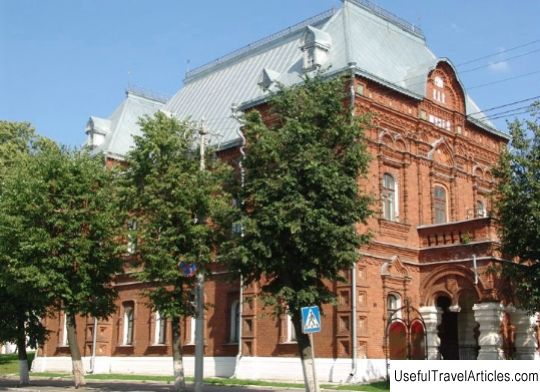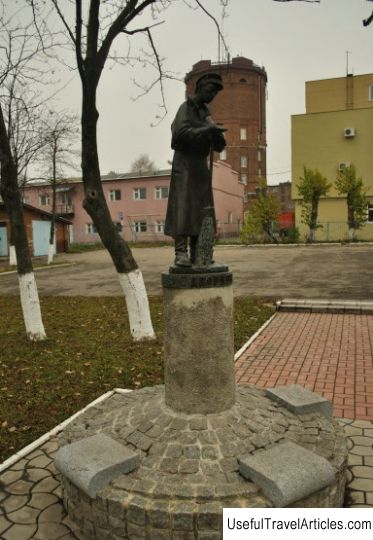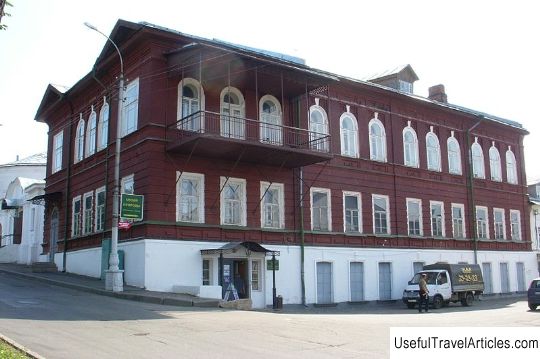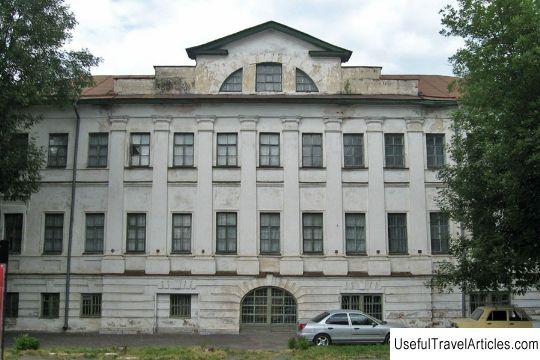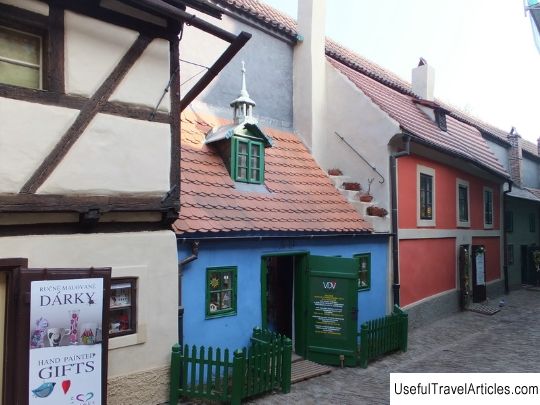Museum of Nature description and photo - Russia - Golden Ring: Vladimir
Rating: 8,2/10 (1594 votes) 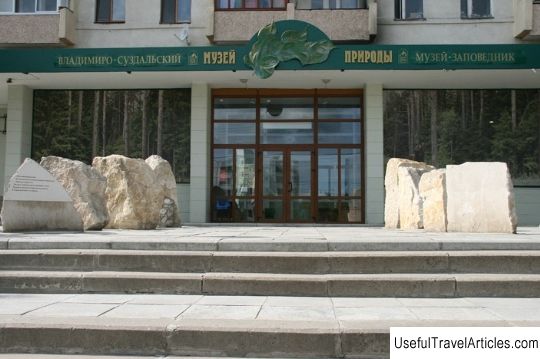
Museum of Nature description and photos - Russia - Golden Ring: Vladimir. Detailed information about the attraction. Description, photos and a map showing the nearest significant objects. Photo and descriptionThe Museum of Nature dates back to 1990, when the Vladimir-Suzdal Museum-Reserve opened in Vladimir the first "natural" exhibition dedicated to the world of animals, which after the re-exposure in 1997 was renamed "Native nature". After the completion of the exposition and renovation at the end of 2008, the Museum of Nature was opened. For the Vladimir region, its creation is of particular relevance. The Vladimir region is a fairly densely populated region with a developed transport and industrial network. The nature of the Vladimir region is experiencing a serious anthropogenic load. That is why the program for the development of the museum-reserve states that in connection with the difficult ecological situation, the problem of ecological and biological education is especially acute. The time has come to educate both adults and children in harmony with nature and a readiness to preserve common natural values. Thus, the goal of the new museum is environmental education and the upbringing of a loving and respectful attitude towards nature. Modern man spends most of his life in the city and becomes more and more divorced from nature. Urban civilization forms in a person a distorted idea of his domination over nature. The created Museum of Nature solves one of the most important tasks - to return a person to nature. The museum uses an unconventional collection method for arranging the exposition, where museum exhibits are an illustration of some natural pattern and visitors have a feeling of being completely immersed in nature. This is a year-long journey that ends in an hour. A journey through the museum begins with "passing" through the sawn limestone boulders, which symbolize the layers of time, compressed life of nature over the past three hundred million years. A guide meets visitors. Having overcome the layers of water-glacial deposits, which are exposed on the cliff of the Oka River, and the sheer wall of a limestone quarry, the guest of the museum begins to realize the global scale and the influence of past geological eras on modern reality. "Travelers" are supplied with tablet maps, where the plan of the exposition is combined with the landscape of the Vladimir region. The museum composition called "The Tree of Life", located in the center of the hall, is the personification of the cosmic significance of solar energy for life on planet Earth. It is a tree layout, which stretches out its branches to the Sun and embraces the Earth with its roots. The journey continues in the dense spring forest. The frozen moment of the battle of the bears appears before the visitors. Fascinated by the singing of forest birds, the guests come to the beaver dam, the rustling water, and find themselves in a gloomy wolf den on a swamp mane. And again on the road - on the road to the south of the Vladimir region - to Meschera and Opolye in the north. The winding route runs alongside curved display cases, the plastic of which resembles natural reliefs. No geometrical mechanical structures were used in the design of the exhibition. Here, large forms of trees and animals are adjacent to enlarged images of fauna and flora. The technical means used make it possible to combine admiring details with a panoramic view. Voices of animals, exhibits, texts, a radio guide, a guide's story, videos are designed to reveal to the guests of the museum a very complex system of biological regularities existing in nature. During the journey through the exposition, the seasons and natural landscapes of the Vladimir region change. At the end of the journey, visitors do not leave the museum, but go to the Forest School, a museum laboratory, where they can make small discoveries. The principle "Be sure to touch with your hands!" Works here. The museum provides an opportunity to taste, touch, experience. After visiting the exposition, the visitor should involuntarily have the thought that the preservation of natural wealth and man as a biological species, as a part of nature depends only on man. The recreated “corners” of Vladimir nature instill in visitors a sense of beauty and awaken love for their homeland. The museum is interesting for schoolchildren and students of both the Vladimir region and guests of the region.      We also recommend reading V. S. Vysotsky on Taganka description and photo - Russia - Moscow: Moscow Topic: Museum of Nature description and photo - Russia - Golden Ring: Vladimir. |
